In a first for India, ISRO to Study Black Holes With XPoSat Satellite Launch 2 Years After NASA
India's ISRO launched its first satellite, XPoSat, to study black holes as it seeks to deepen its space exploration efforts ahead of an ambitious crewed mission next year.
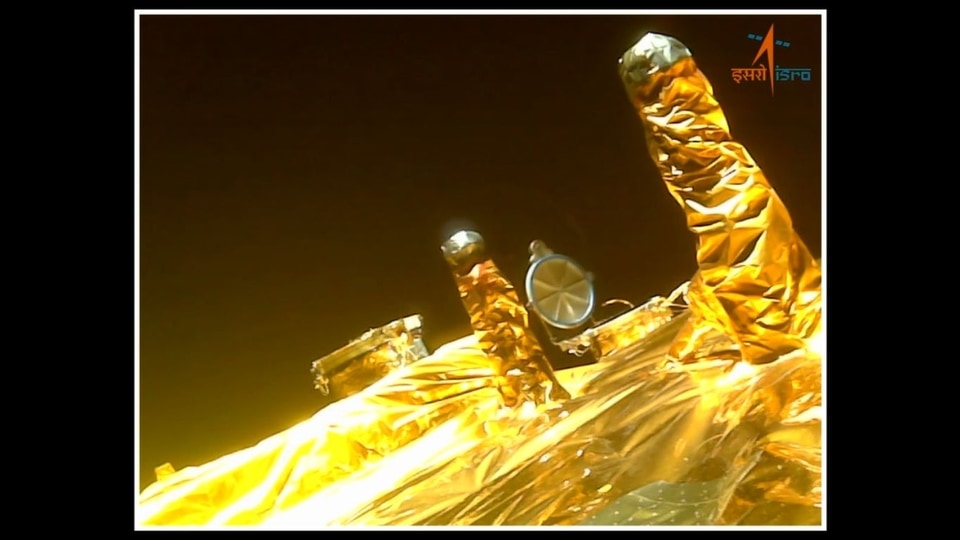
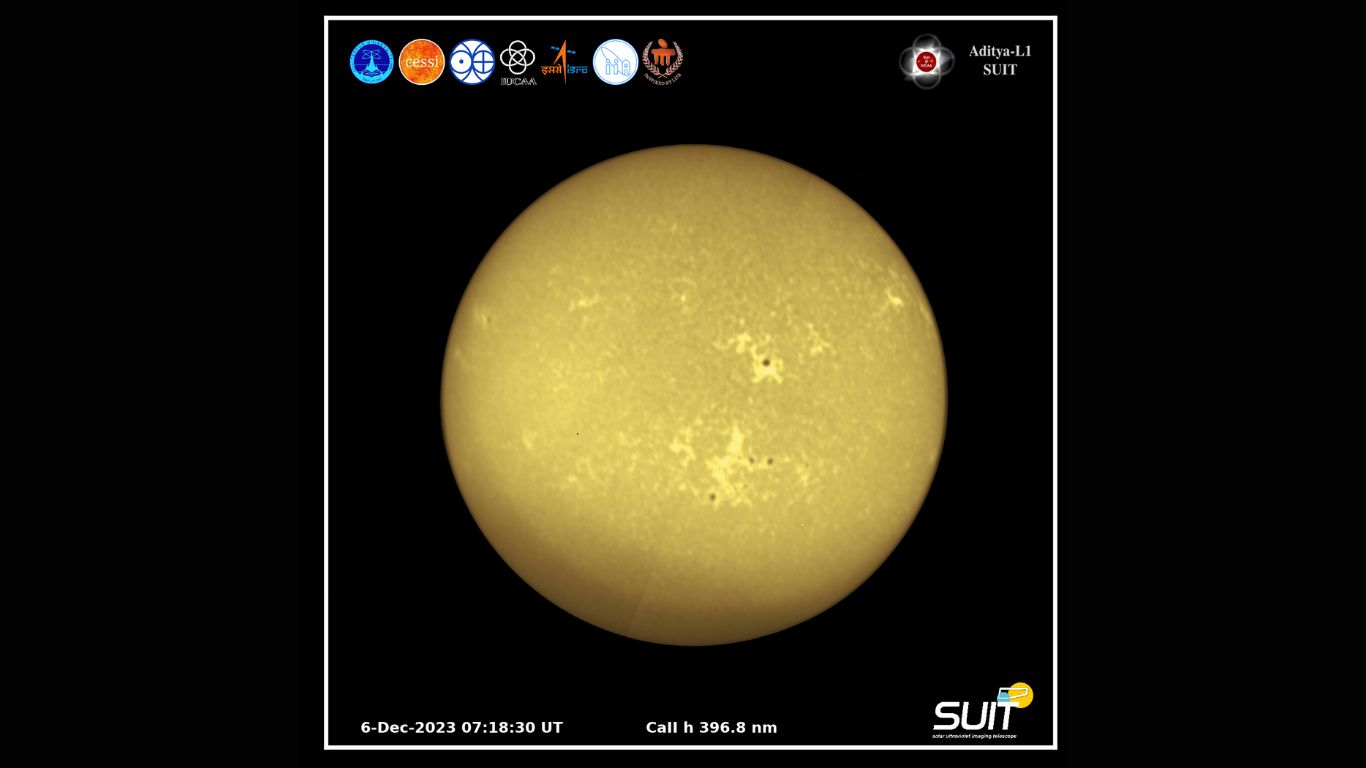
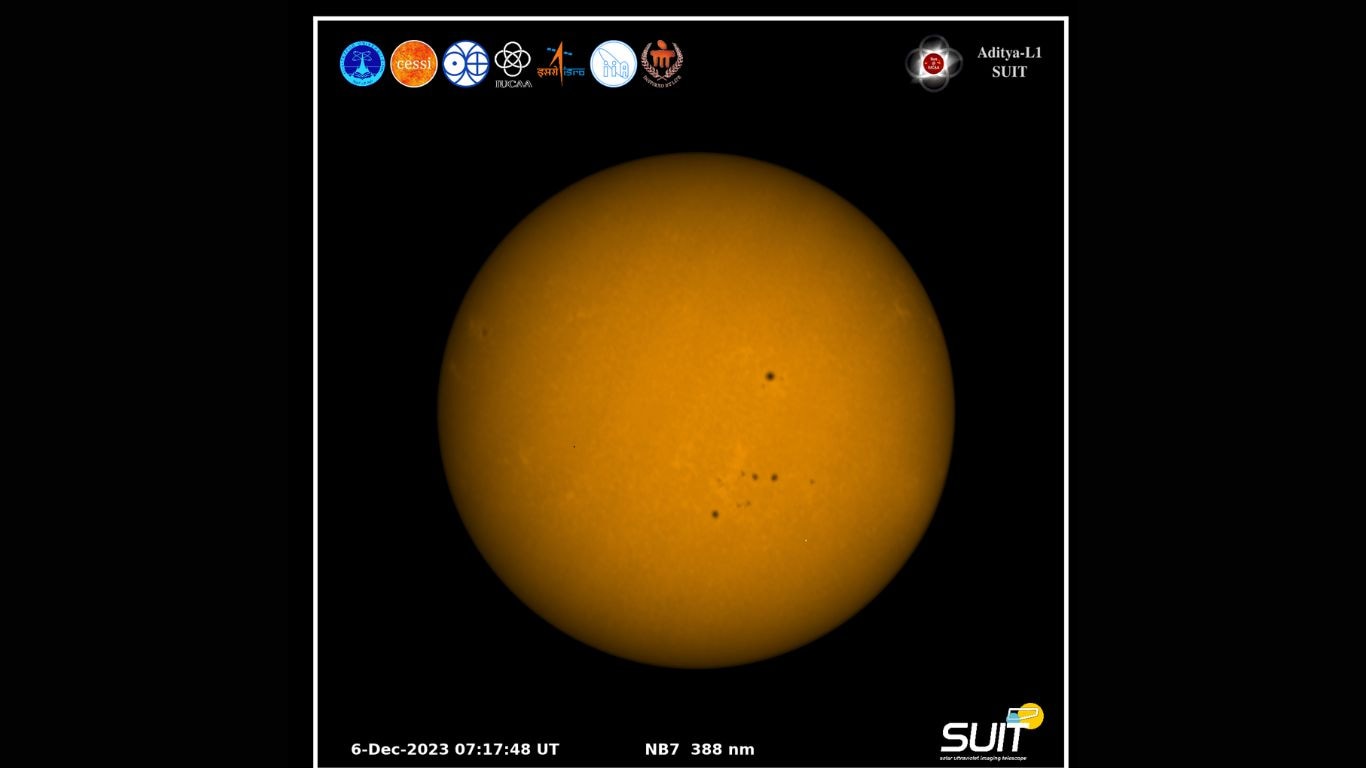
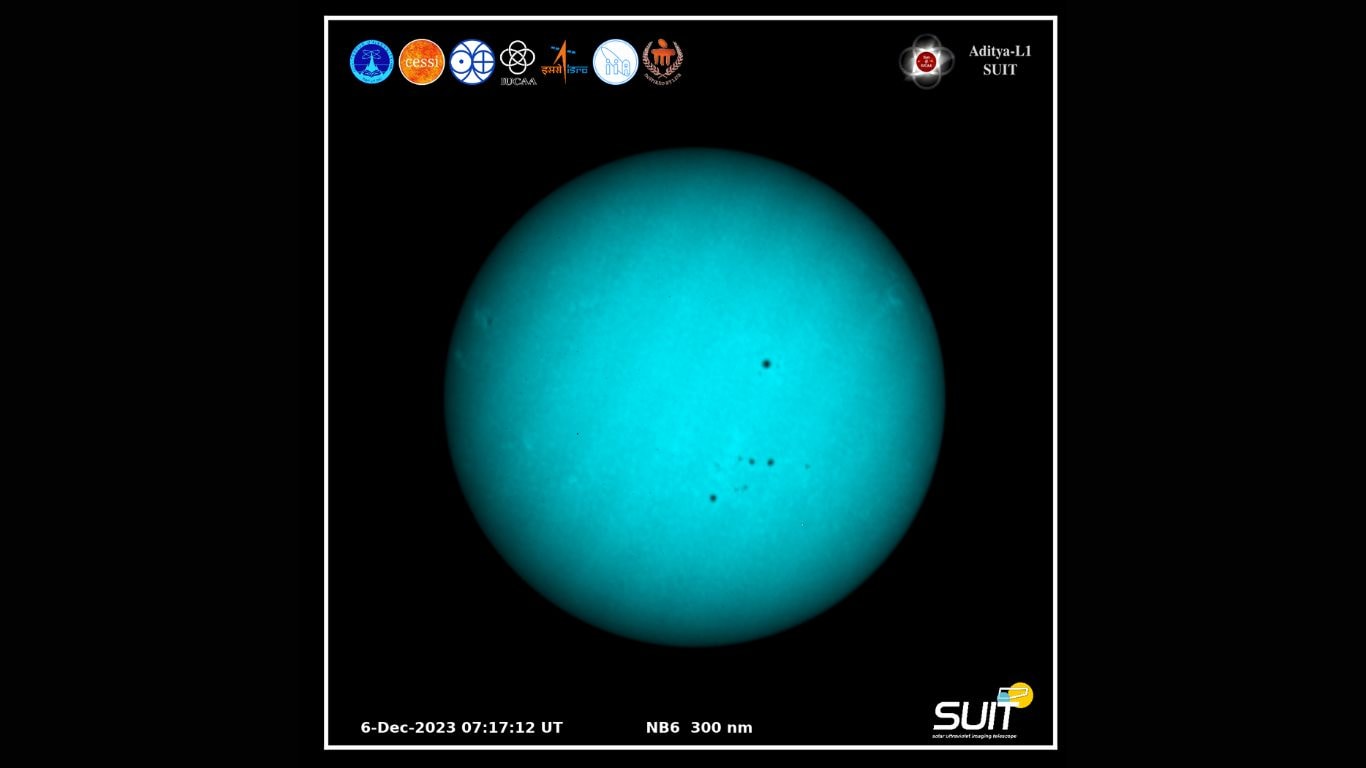
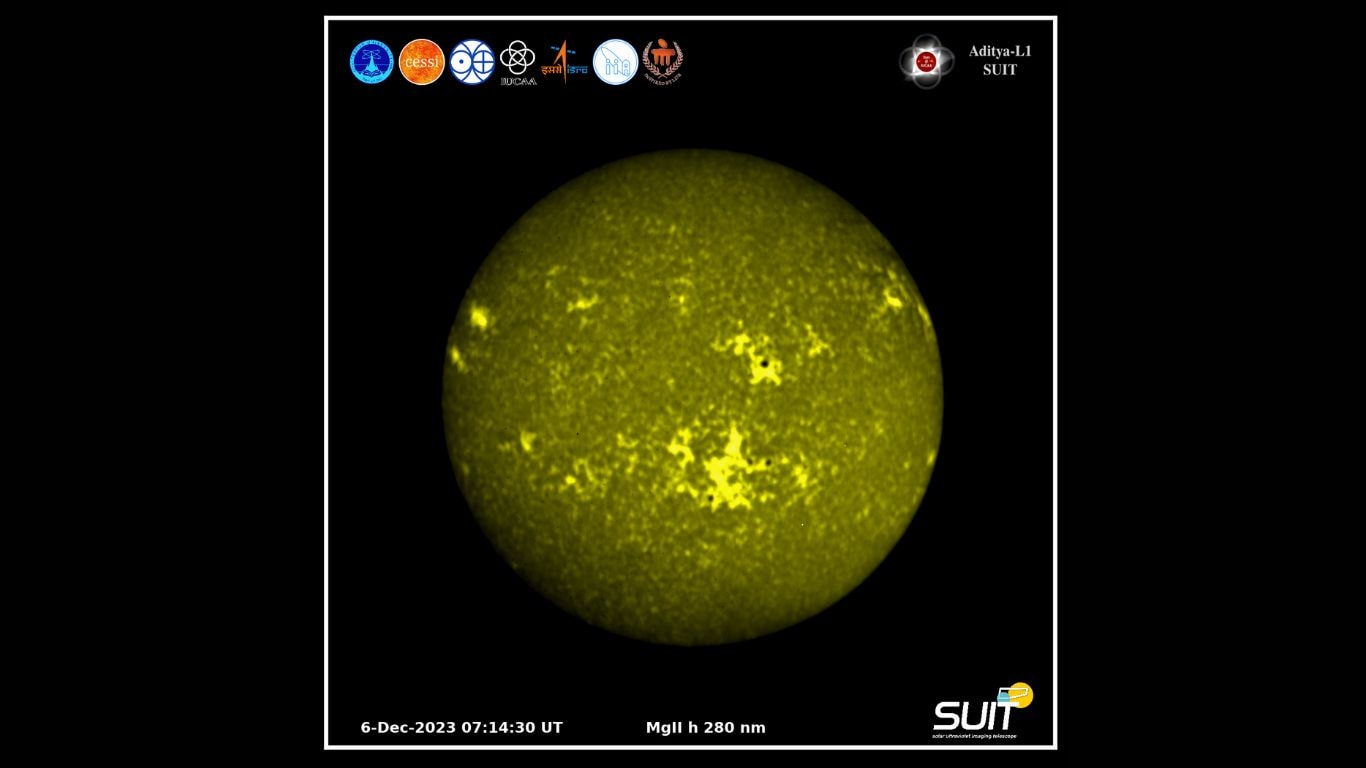
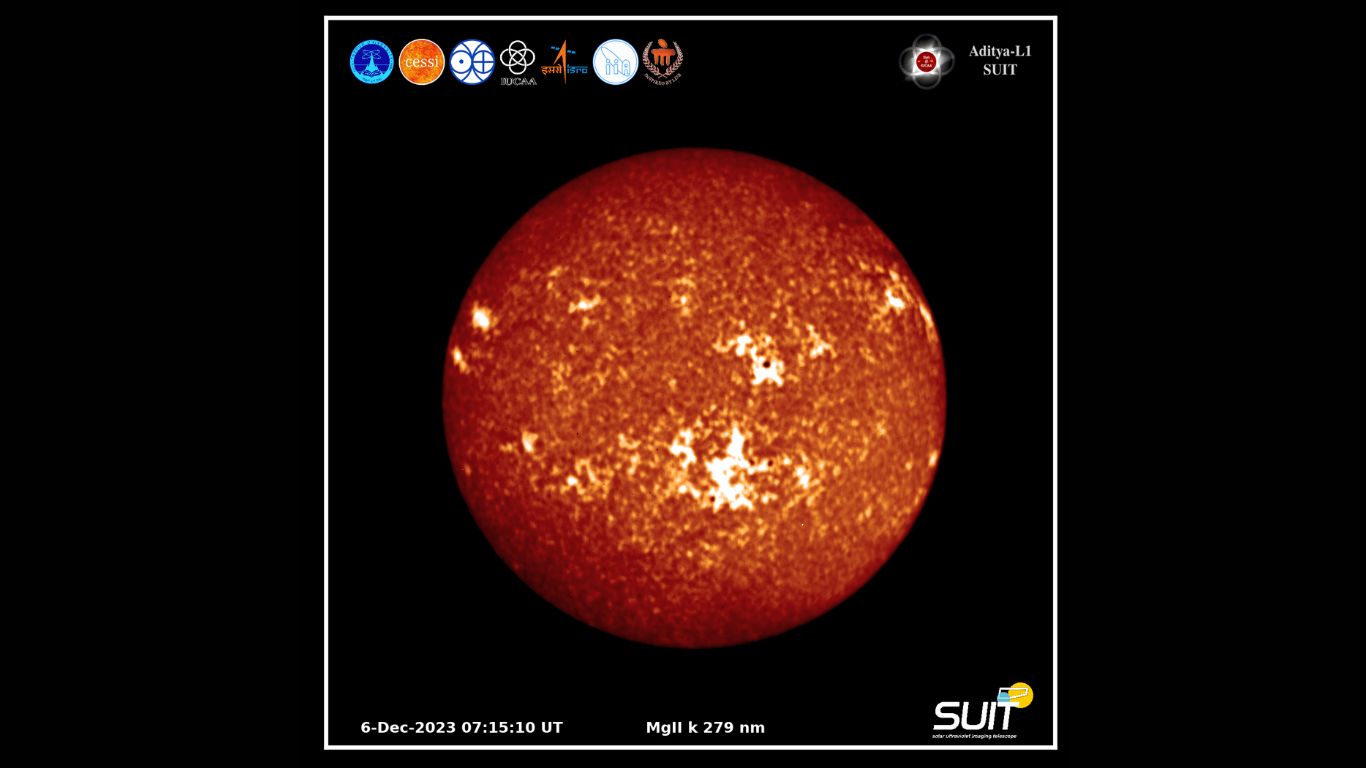
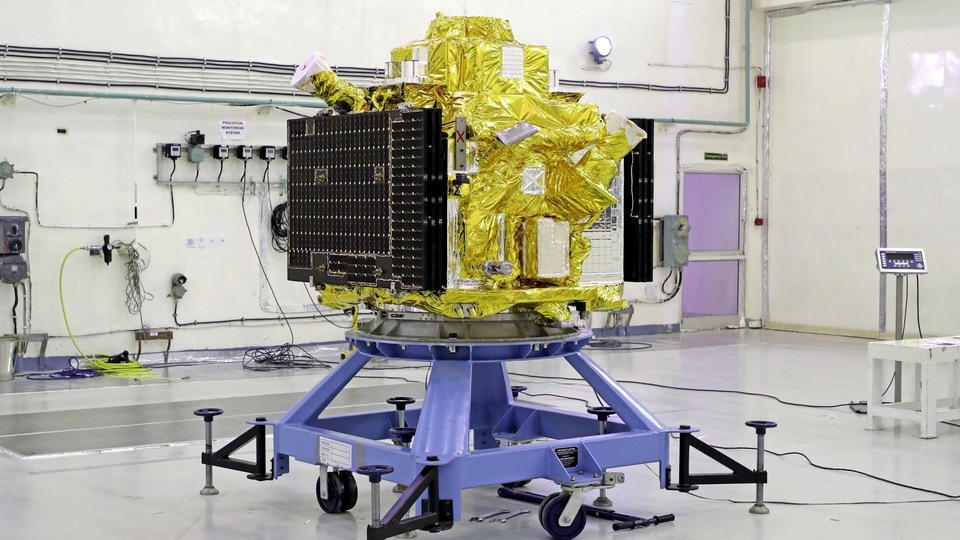
 View all Images
View all ImagesIndia's ISRO launched its first satellite, XPoSat, on Monday to study black holes as it seeks to deepen its space exploration efforts ahead of an ambitious crewed mission next year. The spacecraft, named X-ray Polarimeter Satellite, was propelled into an orbit of 350 kilometers from an island near India's main spaceport of Sriharikota, off the southern state of Andhra Pradesh, according to S. Somanath, chairman of the Indian Space Research Organisation. The XPoSat satellite, weighing about 470 kilograms, will carry out research on X-rays emanating from around 50 celestial objects with the help of two payloads built by ISRO and a Bengaluru-based research institute.
NASA launched a similar mission, the Imaging X-ray Polarimetry Explorer, in 2021 to answer questions such as why black holes spin and build on the findings of its flagship telescope Chandra X-ray Observatory that blasted off more than two decades ago. China's National Space Administration launched the country's first X-ray space telescope to observe black holes, pulsars and gamma-ray bursts in 2017.
India's upcoming projects include its first launch of astronauts on a crewed mission, named Gaganyaan, scheduled for 2025. After a successful spacecraft landing near the lunar south pole last year, India is planning to develop a next-generation launch vehicle and a new launchpad, with the goal of landing people on the moon by 2040.
The country is also seeking to tie up with other space majors to further its ambitions. NASA Administrator Bill Nelson visited India in November ahead of a joint US-Indian Earth-observing mission scheduled for launch in 2024.
Catch all the Latest Tech News, Mobile News, Laptop News, Gaming news, Wearables News , How To News, also keep up with us on Whatsapp channel,Twitter, Facebook, Google News, and Instagram. For our latest videos, subscribe to our YouTube channel.


























